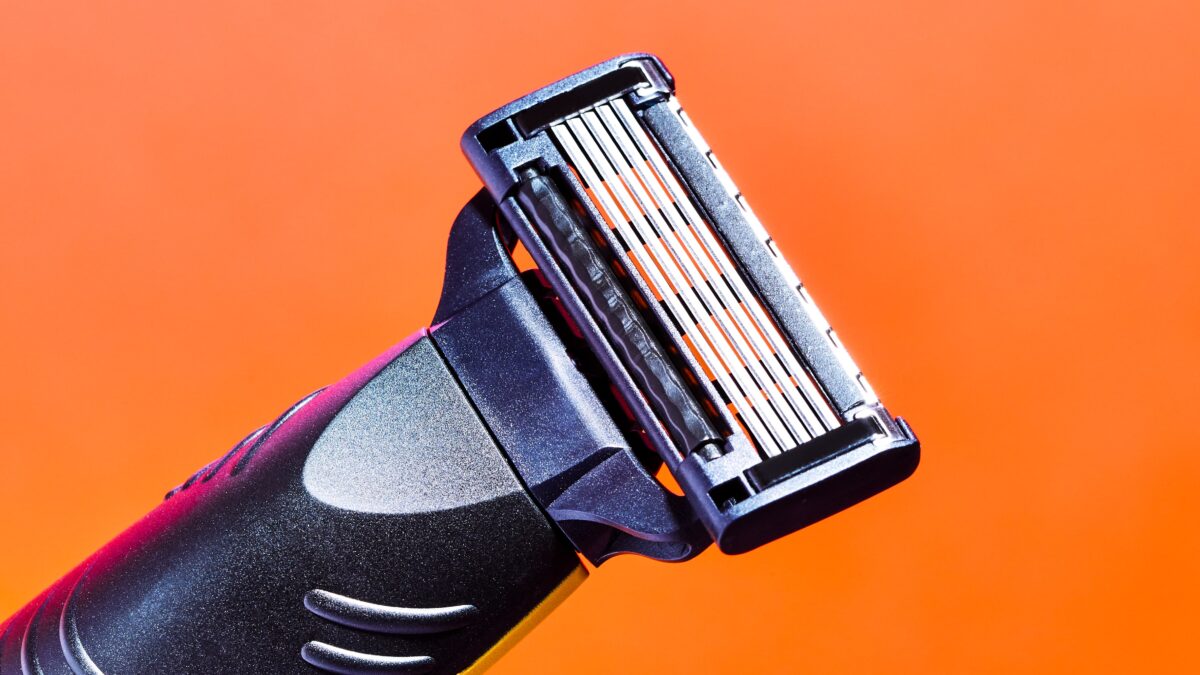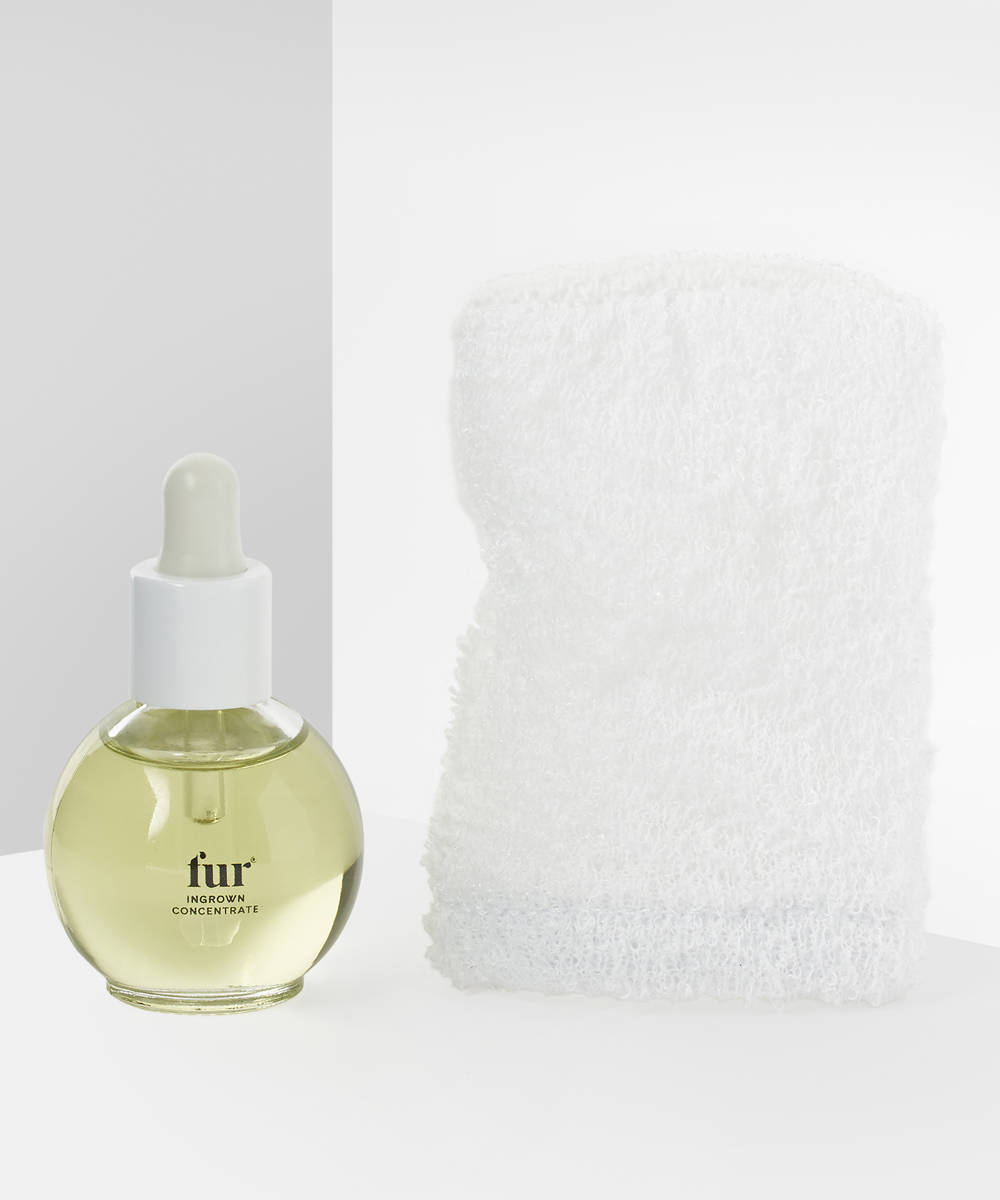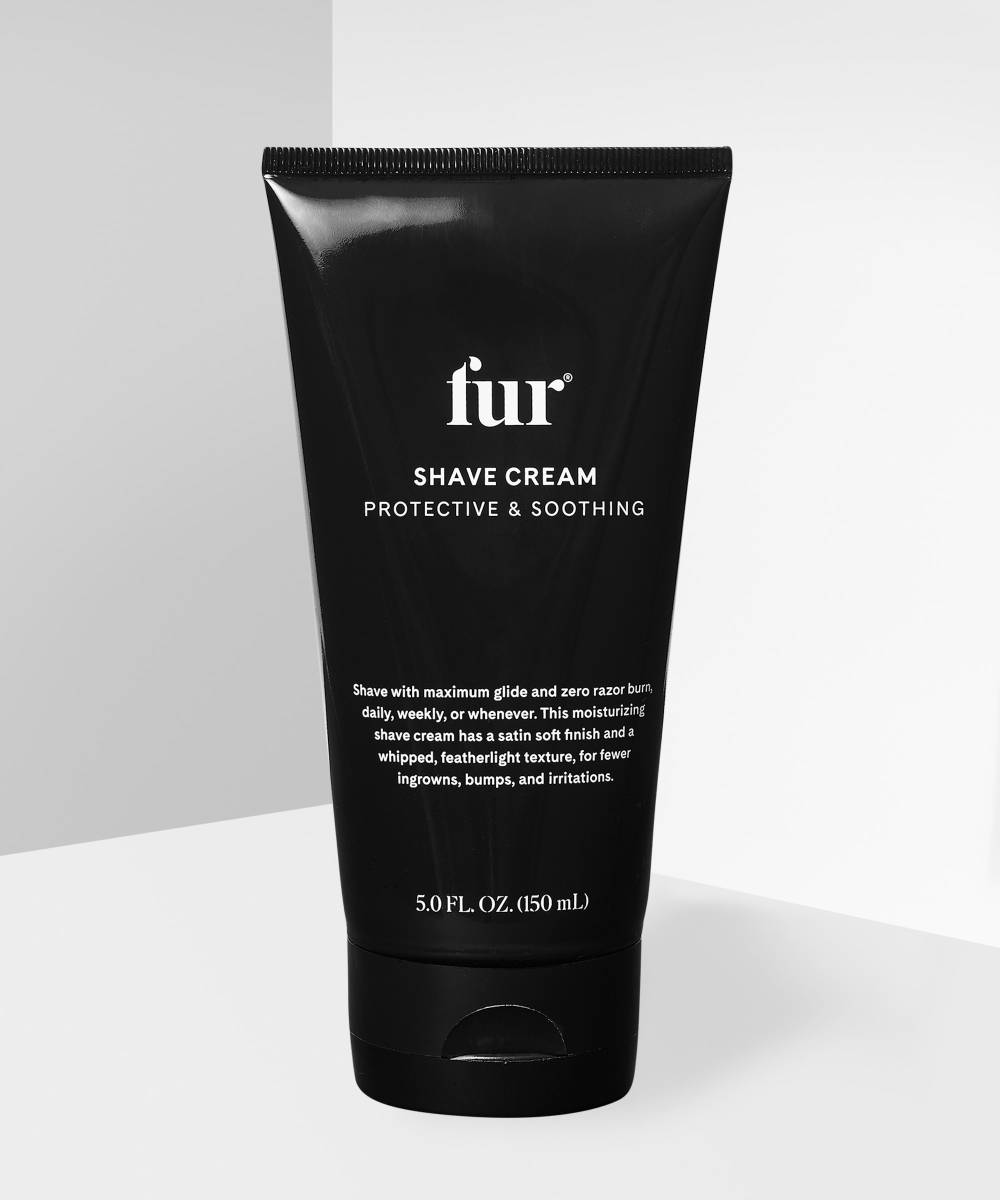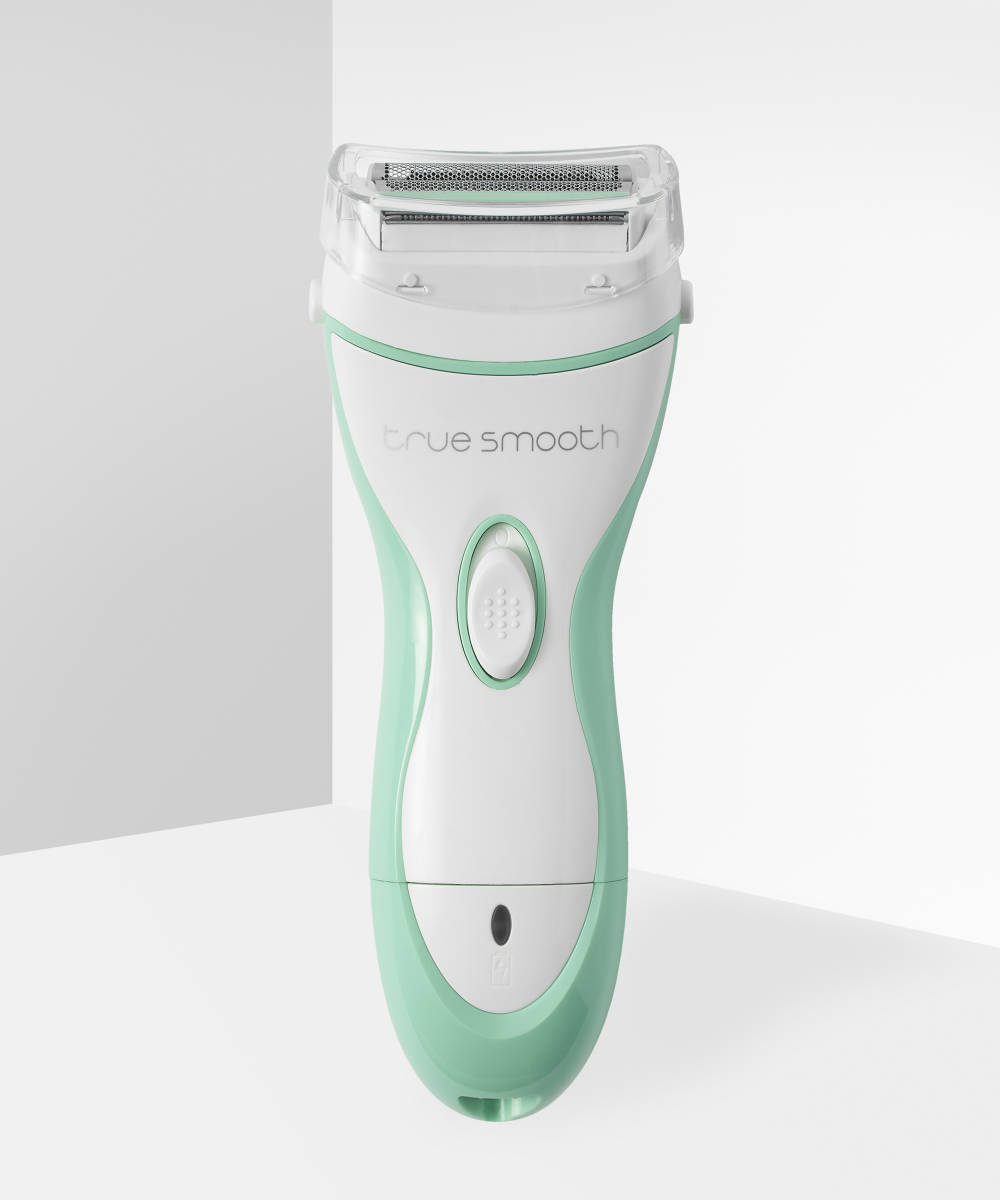Hair removal is an option, but whatever you decide to do about your hair, we want you to feel confident, comfortable and informed enough to be able to achieve the results you want. If you do decide to go ahead with hair removal, there are probably hundreds of questions buzzing around your head as you contemplate waxing, shaving, plucking or even laser.
From pre-shave prep to dealing with ingrown hairs, we’ve answered the most commonly asked hair removal questions.
Why is my hair different on different parts of my body?
There are two type of hair – vellus hairs and terminal hairs. Vellus hairs are fine and soft and are found on the face and body. They rarely grow longer than 20mm and as their base is close to the skin’s surface, they are fairly easily removed. Terminal hairs are longer, coarser, and more pigmented. They grow from deep in the dermis and are found on the scalp, eyebrows, lashes, pubic, and underarm regions. Occasionally you may develop a random terminal hair on your face or chest.
How fast does hair grow?
When removed via a temporary method (e.g. shaving or waxing), vellus hairs typically grow back to full length in eight to ten weeks and terminal hairs take around five to six weeks to regrow completely. This can vary based on the individual and on the method of removal – you’ll notice waxing or plucking regrowth in about four weeks whereas shaving regrowth can appear in a couple of days.
Which method of hair removal is best?
The best hair removal method is the one that’s best for you. Laser and other professional hair removal treatments can be expensive, but if you’re looking at removing your hair at home or visiting a beautician, you’ve still got plenty of options to choose from. As a rule, ‘peach fuzz’ facial hair is best removed by dermaplaning, and stubborn random facial or neck hairs can be plucked. The brow and upper lip area can be dermaplaned too, but there’s also the option to get them waxed. When it comes to body hair, waxing has longer results but can be more painful than shaving, which is easier to do yourself, relatively pain-free, and the only major downside is that regrowth can happen quickly.
Does shaving make hair grow back thicker and darker?
It might seem like hair grows back thicker and darker after shaving, but it’s actually not the case. The colour and thickness of hair is determined in the root of your hair so cannot change as a result of shaving. All hairs are naturally thicker at the bottom and taper out to the top, so when a shaved hair starts to grow back, it’s the thicker part that grows first. This is why stubble might feel thicker and look darker, but as it grows out, the bluntness tapers off.
Will dermaplaning make my face hairier?
Dermaplaning is a fancy way of saying shaving your face, so the exact same applies as the above. Hair won’t grow back thicker or darker, it might just feel a little stubbly when it first starts to grow. It’s also worth noting that you cannot grow hair in new places – the only thing that stimulates excess hair growth are hormones. The only hair that grows back is the hair you shaved in the first place.
Does hair grow back quicker after shaving or waxing?
Shaving cuts the hair at the surface of the skin, whereas waxing or plucking pulls it from the follicle below the skin’s surface. When waxed or plucked hair begins to regrow, it must first do so through the follicle and then penetrate the skin, whereas shaved hair begins to regrow from the skin’s surface. This means that hair grows back quicker after shaving than waxing or plucking.
How should I prep my skin before shaving?
As mentioned above, you should exfoliate before shaving in order to prevent ingrown hairs from forming. Exfoliating will also help to remove any surface-level dead skin so your razor can glide smoothly for a closer shave. Ensuring that your skin is warm and wet before shaving can also make the process easier and lead to better results.
Do I need to use aftershave products?
Using aftershave products can help to reduce irritation. Use a post-shave treatment or light moisturiser (we love aloe vera gel) to soothe skin and keep it soft and hydrated.
Which direction should you shave in?
For a smooth clean shave, shave your legs and underarm hair against the direction of growth – for legs this usually means shaving up from the ankle, but for underarms this can mean shaving in multiple directions. When shaving your bikini area shave in the direction of hair growth to start with and then go the opposite way for a clean finish. When dermaplaning your facial hair, pull the skin taught, hold the razor at a 45-degree angle, and shave downwards.
Is there a way to prevent and get rid of ingrown hairs?
Ingrown hairs form when a hair can’t grow straight up out of its follicle as the follicle is blocked. The hair ends up growing under the skin, causing the bump that forms. To prevent ingrown hairs and keep follicles clear, it’s important to exfoliate regularly (especially right before shaving), using either a scrub or a chemical exfoliant like glycolic or salicylic acid. Exfoliating should also help to remove ingrown hairs, although particularly stubborn ones may need removing with tweezers.
How can I get rid of ‘strawberry legs’?
‘Strawberry legs’ is a term used to describe the small dark spots that sometimes appear on your legs after shaving and resemble the seeds of strawberries. These are enlarged hair follicles which have become clogged with buildup – usually keratin, dead skin cells, oil, or bacteria – that oxidises (turns black) when exposed to air. Like ingrown hairs, this is best prevented by regularly exfoliating, and by shaving with a clean, sharp razor.
How do I avoid the red dots that appear on my skin after shaving and waxing?
Known as razor burn, the tiny red dots that sometimes flare up after you’ve removed hair is a histamine reaction – your body’s response to what it perceives as injury. The redness is caused by increased blood flow as the body sends blood to the area to repair it. To prevent this from happening when shaving, make sure you’re using plenty of shaving cream so that your razor isn’t tugging at or irritating your skin.
Does shaving remove fake tan?
If you’re a fake tan wearer then you’ll know that exfoliation can help to remove tan that’s patchy or starting to fade. When you’re shaving your skin, you’re also giving your skin a form of exfoliation – the razor removes the dead skin cells on the surface of your skin as well as your hair, which is why skin feels so silky smooth post-shave. This does mean that shaving can subtly remove tan, so it’s always a good idea to shave before tanning.
Which causes more ingrown hairs, waxing or shaving?
You’re more likely to experience ingrown hairs if you’re a regular waxer, as waxed hair gets weaker and so can’t always penetrate the skin.
Does waxing make more hair grow thinner?
Over time and with regular waxing you may notice that hair grows back thinner and more sparsely – basically, the more you wax, the less your hair grows back. This is because when hair is removed by waxing (or plucking) it damages the hair bulb, causing hair to become finer and sometimes massively slowing down future growth.






